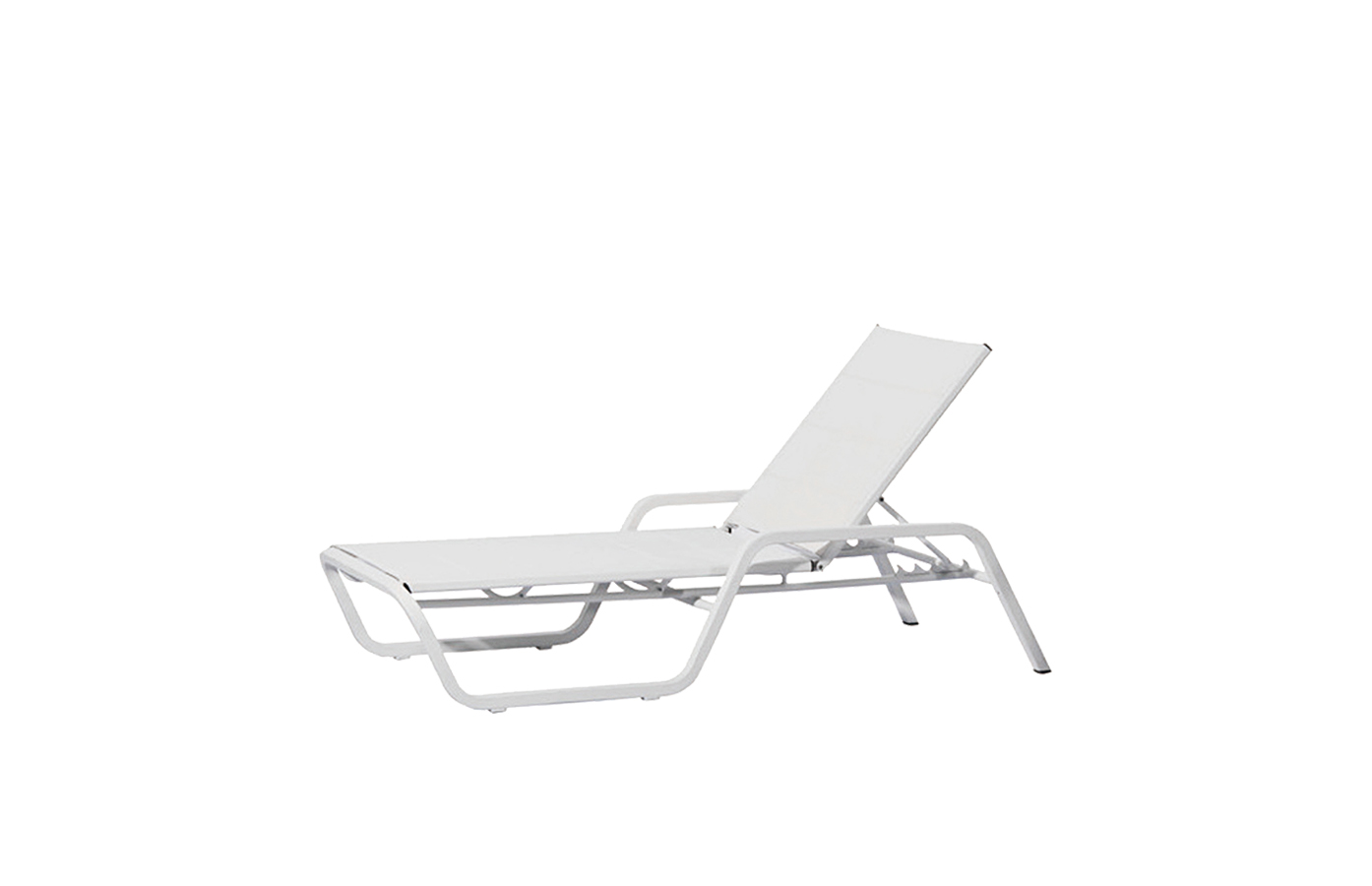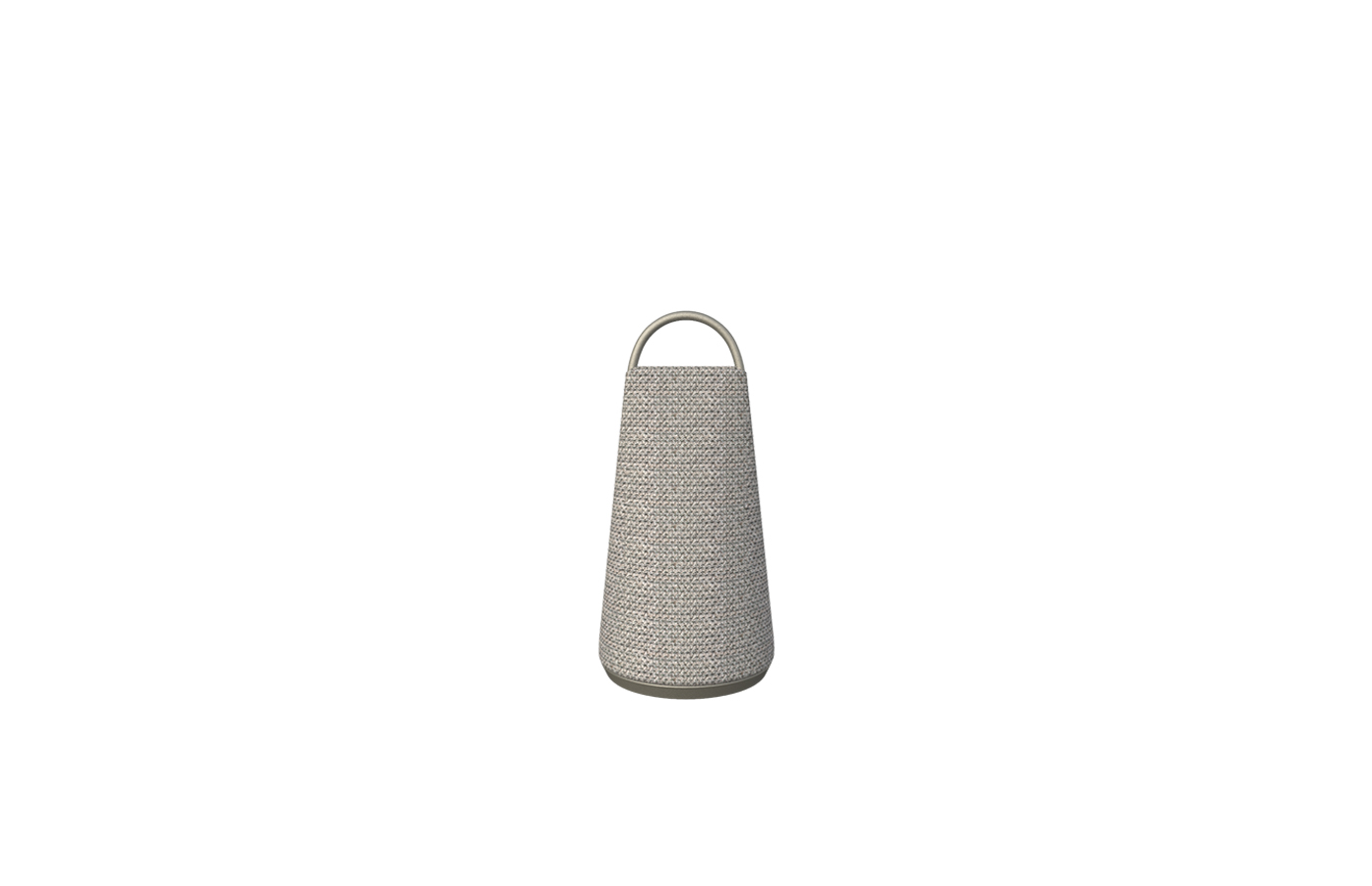In an ever-evolving world, furniture trends continue to transform, reflecting the changing lifestyle needs and design preferences of consumers. Today, furniture is not just about functionality; it has become an integral part of interior design, contributing to the overall aesthetics and ambiance of a space. Moreover, with increasing environmental awareness, sustainability has become a crucial element in furniture production. This article dives into the latest furniture trends that seamlessly blend functionality, style, and sustainability.
1. Multi-functional Furniture: Space is a valuable commodity, especially in urban areas. As a result, multi-functional furniture has gained immense popularity. From sofa beds that convert into comfortable sleeping surfaces to coffee tables with hidden storage compartments, these furniture pieces maximize space utilization without compromising on style.
2. Minimalism and Scandinavian Design: Minimalistic furniture designs with clean lines and simple forms remain a dominant trend. Inspired by Scandinavian design principles, these pieces have gained popularity due to their timeless appeal and versatility. Neutral color palettes, natural materials, and ergonomic shapes are key features of this style.

Furniture Trends: Seamlessly Blending Functionality, Style, and Sustainability
3. Sustainable Materials: With the increasing concern about the impact of traditional furniture production on the environment, sustainable materials have become the focus of many furniture designers. Bamboo, recycled wood, and reclaimed materials are widely used to create eco-friendly furniture. These materials not only reduce waste but also lend a unique character and texture to the furniture.
4. Modular Furniture: Modular furniture provides flexibility and adaptability, making it a convenient choice for evolving living spaces. From modular sofas that can be rearranged to fit any interior layout to modular storage units that can be expanded as needed, these pieces offer customizable solutions for various needs.

Furniture Trends: Seamlessly Blending Functionality, Style, and Sustainability
5. Vintage and Retro Styles: Nostalgia-driven interior design trends have brought back vintage and retro furniture styles. Mid-century modern pieces, with their bold colors, geometric patterns, and iconic designs, are highly sought after. Rediscovering the charm of bygone eras allows for the creation of eclectic and visually captivating spaces.
6. Smart Furniture: The digital age has truly revolutionized households, integrating technology into various aspects of daily life. Smart furniture combines technology with innovative design to provide enhanced functionality. From smart beds that adjust to individual sleep patterns to coffee tables with built-in wireless chargers, these pieces bring convenience and efficiency into our living spaces.

Furniture Trends: Seamlessly Blending Functionality, Style, and Sustainability
7. Biophilic Design: With urbanization, the need to connect with nature has become more significant. Biophilic design incorporates natural elements into furniture to create a closer tie to the environment. Furniture pieces featuring live-edge wood, planters, or organic shapes enhance both the visual appeal and the feeling of well-being in a space.
8. Artisanal and Handcrafted Furniture: In a world dominated by mass production, there is an increasing demand for unique and artisanal furniture pieces. Handcrafted furniture embodies craftsmanship and individuality, often showcasing traditional techniques and cultural heritage. Buyers value the story behind each piece and seek to own furniture that is made with care and passion.
9. Upholstery and Textile Trends: Upholstery plays a pivotal role in the overall aesthetic of furniture. Currently, earthy tones, textured fabrics, and natural materials like jute and linen are en vogue. Additionally, sustainable textiles made from recycled materials or organic fibers gain popularity, offering a conscious choice without compromising on style.
10. Outdoor Furniture: As people continue to seek outdoor living spaces, the demand for durable and stylish outdoor furniture has grown. Weather-resistant materials like rattan, teak, or aluminium, combined with comfortable cushions and functional design, create inviting spaces for gatherings or relaxation.
In conclusion, furniture trends have transformed to integrate functionality, style, and sustainability seamlessly. Multi-functional designs, minimalism, sustainable materials, and modular solutions cater to changing needs and limited space. Vintage styles and smart furniture cater to nostalgia and technological advancements, respectively. Biophilic design connects humans to nature, while artisanal furniture showcases craftsmanship. With upholstery and outdoor furniture trends also evolving, the world of furniture continues to adapt and cater to the diverse preferences of consumers, shaping the spaces we inhabit. Ling
